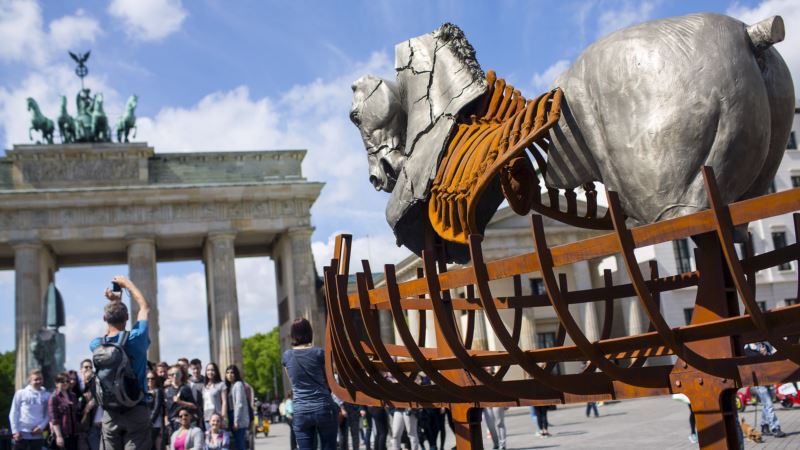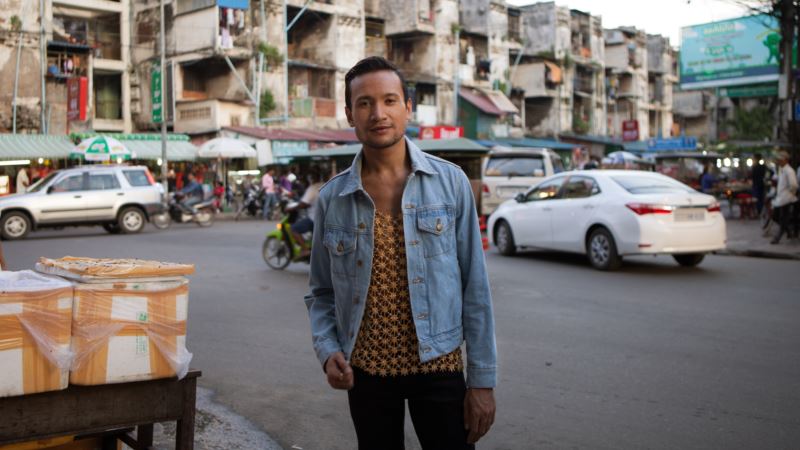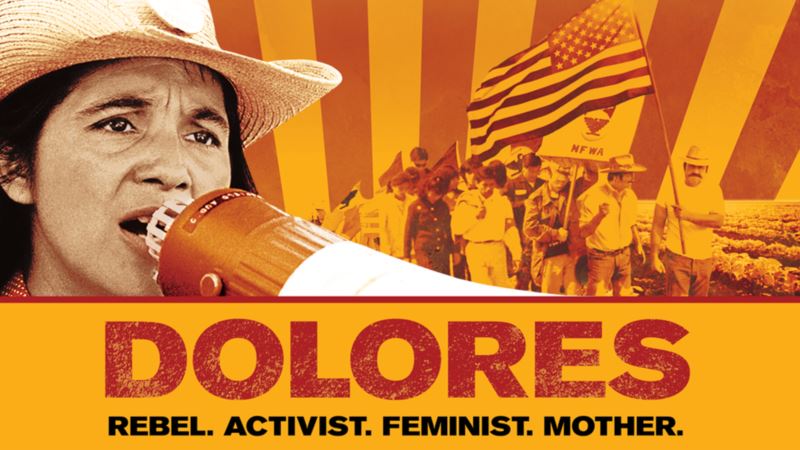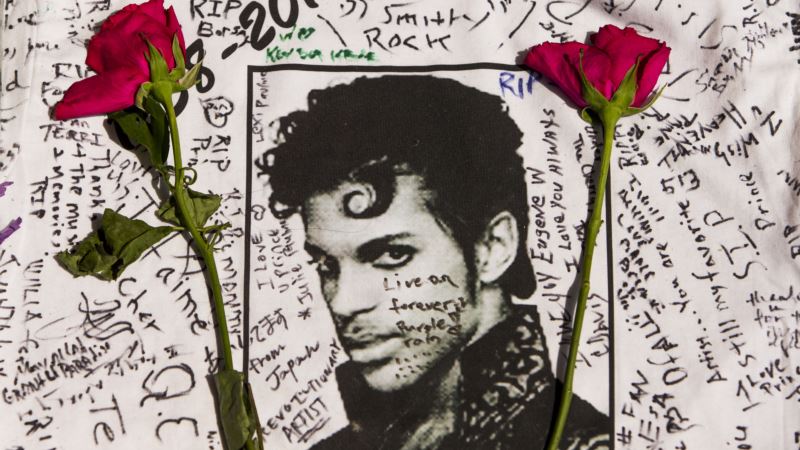Sculptures of 40 horses were installed around Rome's Colosseum and along the ancient forum as part of an exhibition exploring migration throughout history. Technicians started assembling the fragmented figures of "Lapidarium, Waiting for the Barbarians" by Mexican artist Gustavo Aceves, and moving them by crane around the Italian capital's landmarks as darkness fell. When the city awoke Thursday, the cracked figures made from bronze, wood, granite, marble and iron — some up to 12 meters (40 feet) long — had been set on columns and in deconstructed boats. Aceves said the work reflected the oppression and violence that led to diasporas and forced migration, with none of the victoriousness often associated with the figure of the horse. "It speaks about wandering and exile. But, as the backdrop of all this, there is the issue of contemporary migration, the phenomenon that day after day makes victims, so many that they are already impossible to count," Aceves said. Inspired by Ancient Greek culture, Aceves wanted the boats to recall the journey across the mythological River Styx that separates the land of the living from the dead. Some of the sculptures are hollow and contain models of human skulls, in a nod to the myth of the final battle of Troy, which Greek soldiers won by smuggling themselves into their enemies' city inside a wooden horse. The horses, forged in Pietrasanta in Tuscany, were put on show in Berlin last year, and will also go on display in Istanbul, Paris and Venice after the Rome exhibition closes in January. Aceves is gradually adding to their numbers, and plans to display 100 at the end of the tour in Mexico City in 2018.
Hollow Horses in Hellish Boats Mirror Migrant Crisis






